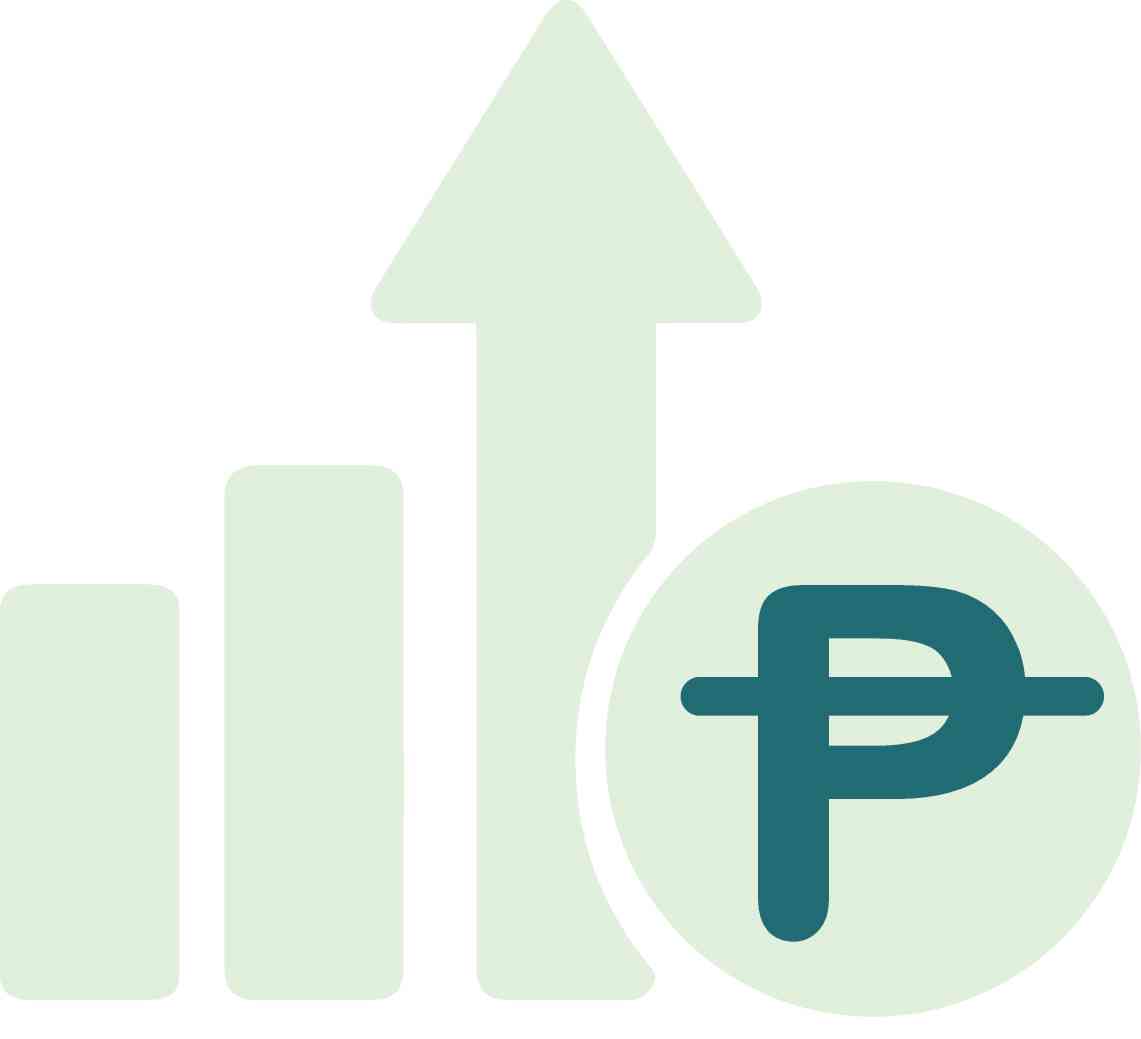PH debt now 63.5 percent of GDP
MANILA, Philippines—As debt piled up at a faster pace than first-quarter economic growth, the Philippines’ outstanding obligations as a share of gross domestic product (GDP) further climbed to 63.5 percent as of March.
The latest Bureau of the Treasury (BTr) data on Thursday (May 12) showed that the latest quarterly debt-to-GDP figure was the highest since 65.7 percent in 2005.
The government earlier on Thursday reported that GDP grew by a better-than-expected 8.3 percent year-on-year during the January-to-March period on the back of further economic reopening, and notwithstanding the Omicron surge at the start of this year.
However, the national government’s outstanding debt jumped 17.7 percent year-on-year to a new high of P12.68 trillion as of end-March following two commercial borrowings through bond issuances — one each in the domestic and offshore debt markets — before the first quarter ended to finance the national budget.
The national government’s outstanding debt was expected to climb to a new record-high of P13.42 trillion by this year’s end. Even if the economy grew by 7 to 9 percent as targeted in 2022, the debt-to-GDP ratio — a better measure of a country’s capacity to repay its obligations — had been projected to further rise to 60.9 percent of GDP, from the 16-year-high 60.5 percent last year.
The elevated debt-to-GDP level could put the country’s investment-grade credit ratings at risk, while also putting pressure on the government’s — especially the incoming Marcos Jr. administration’s — narrower fiscal space amid the prolonged COVID-19 pandemic.
Separate BTr data also on Thursday showed that outstanding locally issued government securities — which accounted for bulk of the domestic debt stock — as of end-April climbed to a fresh record-high of P8.64 trillion. Long-dated treasury bonds breached the P8-trillion mark for the first time to P8.01 trillion, while outstanding T-bills further dropped to P622.6 billion due to maturities.
Also, latest data from the Department of Finance’s Bureau of Local Government Finance (DOF-BLGF) showed 13 local government units (LGUs) borrowed P1.8 billion in April to bankroll their priority projects, mostly infrastructure. During the first four months, a total of 86 LGUs borrowings sought a combined P14.6 billion in loans from government financial institutions (GFIs).
In a May 10 report, Oxford Economics assistant economist Makoto Tsuchiya and lead economist Sian Fenner warned that Marcos Jr’s campaign promise to distribute more cash aid would result in expansionary fiscal policy, which could lead to bigger debts as well as budget deficits.
“Marcos faces a tricky balancing act between supporting the economic recovery and containing the Philippines’ burgeoning fiscal deficit,” Oxford Economics said.
“Based on the latest budget, we expect it to average 8 percent of GDP this year, only a modest narrowing from 8.5 percent in 2021 amid some improvement in revenues on the back of stronger domestic demand,” Oxford Economics added.
“However, Marcos’s fiscal agenda is unclear,” Oxford Economics said.
“He may lean toward further fiscal expansion, which could lead to credit ratings downgrades and increased risk aversion for Philippine assets,” Oxford Economics added.
“We do expect some policy continuity including the ‘Build, Build, Build’ infrastructure program, with capital outlays worth P981 billion (5 percent of GDP) penciled in for this year,” the think tank said.
“This bodes well for the investment and construction outlook, despite the rising costs of construction,” it said.
“Marcos has also discussed introducing more rice subsidies, likely in the form of the cash handouts we have seen already this year, to mitigate the squeeze of higher food prices on household incomes,” Oxford Economics noted.
“Beyond this, and some emphasis on digital infrastructure, the fiscal agenda is unclear. This is likely to leave some businesses and investors sitting on the fence until the new Cabinet is formed and a statement on fiscal policy is delivered, which could take up to seven weeks,” the think tank said.
Oxford Economics said it did not help that Marcos Jr. will inherit a “very limited” fiscal space.
“It’s also possible that Marcos announces a more expansionary fiscal agenda than we currently forecast,” it said.
“We anticipate spending of 23.8 percent of GDP, or P5.012 trillion this year, only marginally less than indicated by the fiscal year 2022 budget,” Oxford Economics said.
“But the new administration could increase spending on items such as more cash handouts to reduce the rising cost of living facing households or tax relief, without any substantial revenue generating policies or clarity over the path of medium-term fiscal consolidation,” it said.
“While the additional fiscal spending would support the recovery, it would undoubtedly catch the attention of the major rating agencies,” Oxford Economics continued.
“Fitch Ratings already lowered the Philippines outlook to negative in July last year,” it said.
“A possible outlook revision by other rating agencies or an outright rating downgrade would push up borrowing costs that have already risen significantly this year, amid tighter global monetary conditions. This would weigh on our projected recovery in domestic demand for this year,” Oxford Economics warned.
The outgoing Duterte administration will turn over to the incoming Marcos Jr.-led government a comprehensive fiscal consolidation and resource mobilization plan to the next administration to pay for record-high debts and narrow the yawning budget deficits wrought by COVID-19.
Various economic officials had said fiscal consolidation may include new or higher taxes, spending cuts on non-priority sectors, as well as drivers to robust GDP growth.
Oxford Economics forecast debt-to-GDP to peak at 63.8 percent this year — remaining above and much higher than the 60-percent threshold deemed by debt watchers as manageable among emerging markets like the Philippines.
“Authorities are banking on a pickup in economic activity to help contain this [debt] metric to 61 percent by yearend,” Oxford Economics said.
“But while we forecast growth and revenue collections will improve, we still expect both the deficit and overall debt levels to remain at dangerously elevated levels,” it added.

